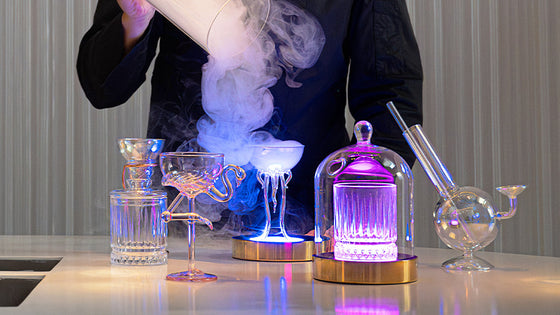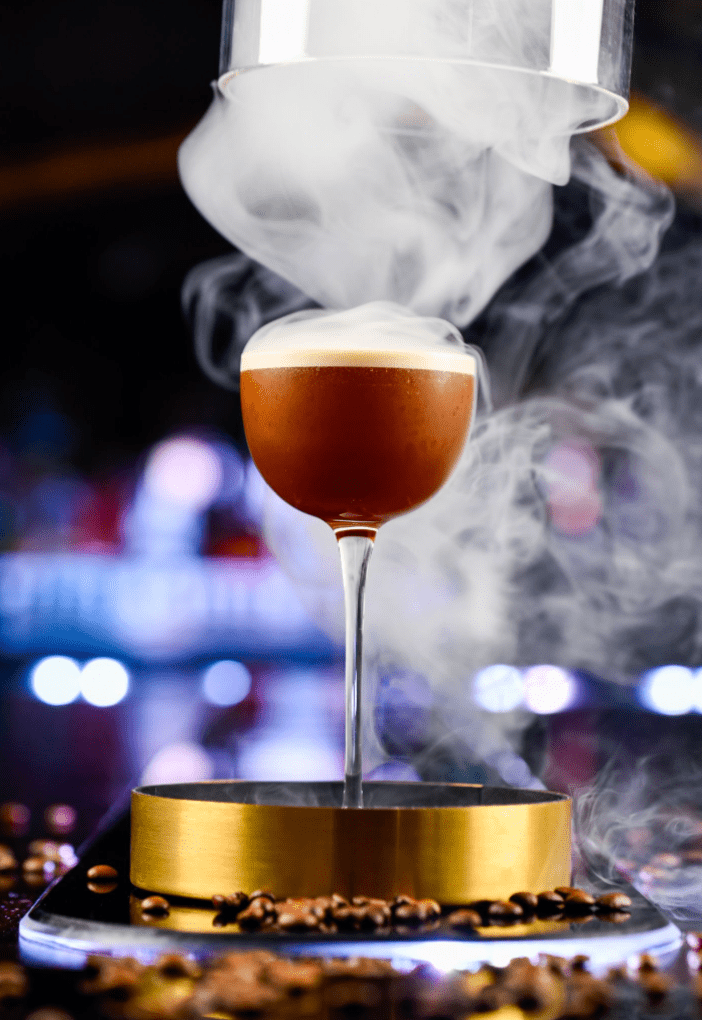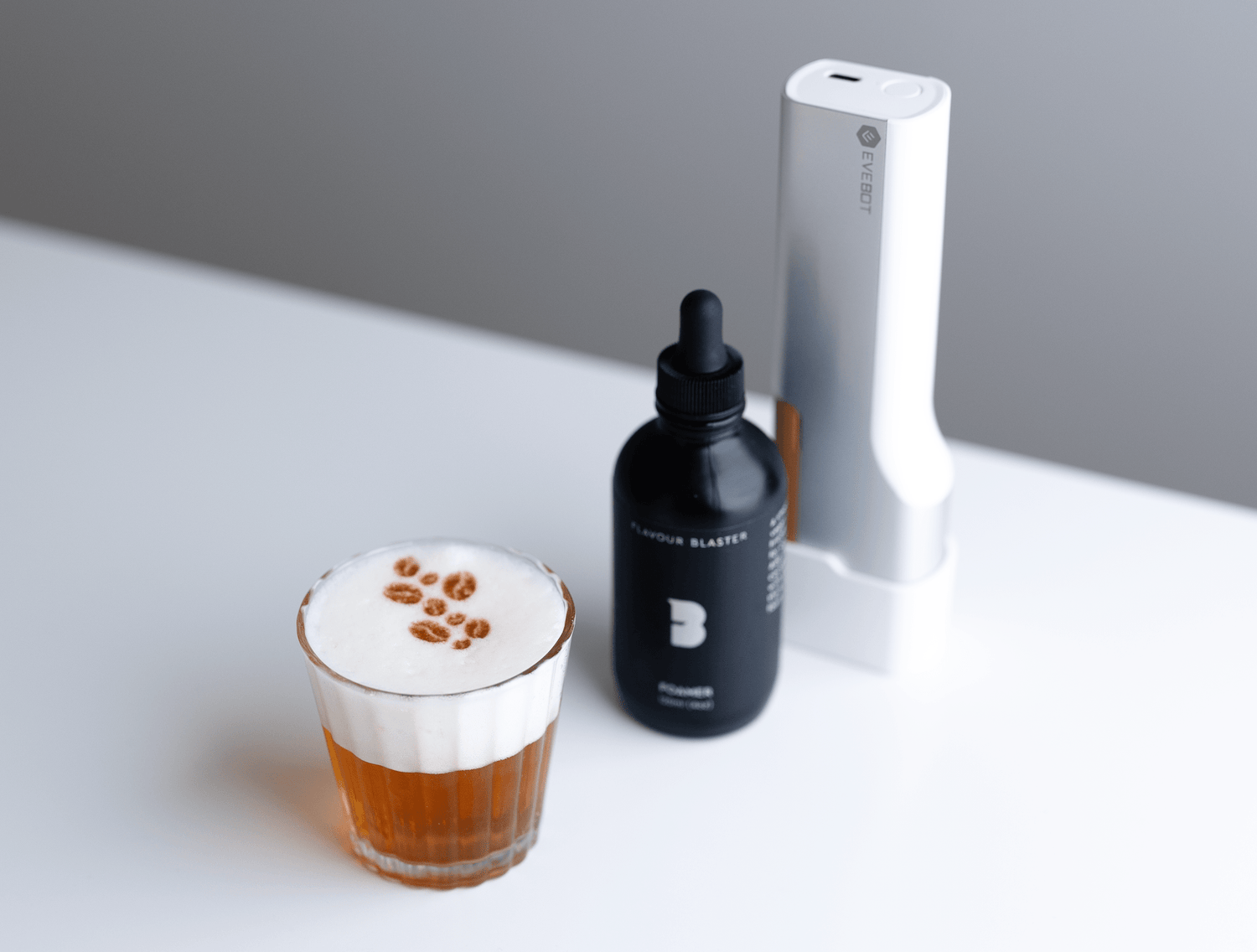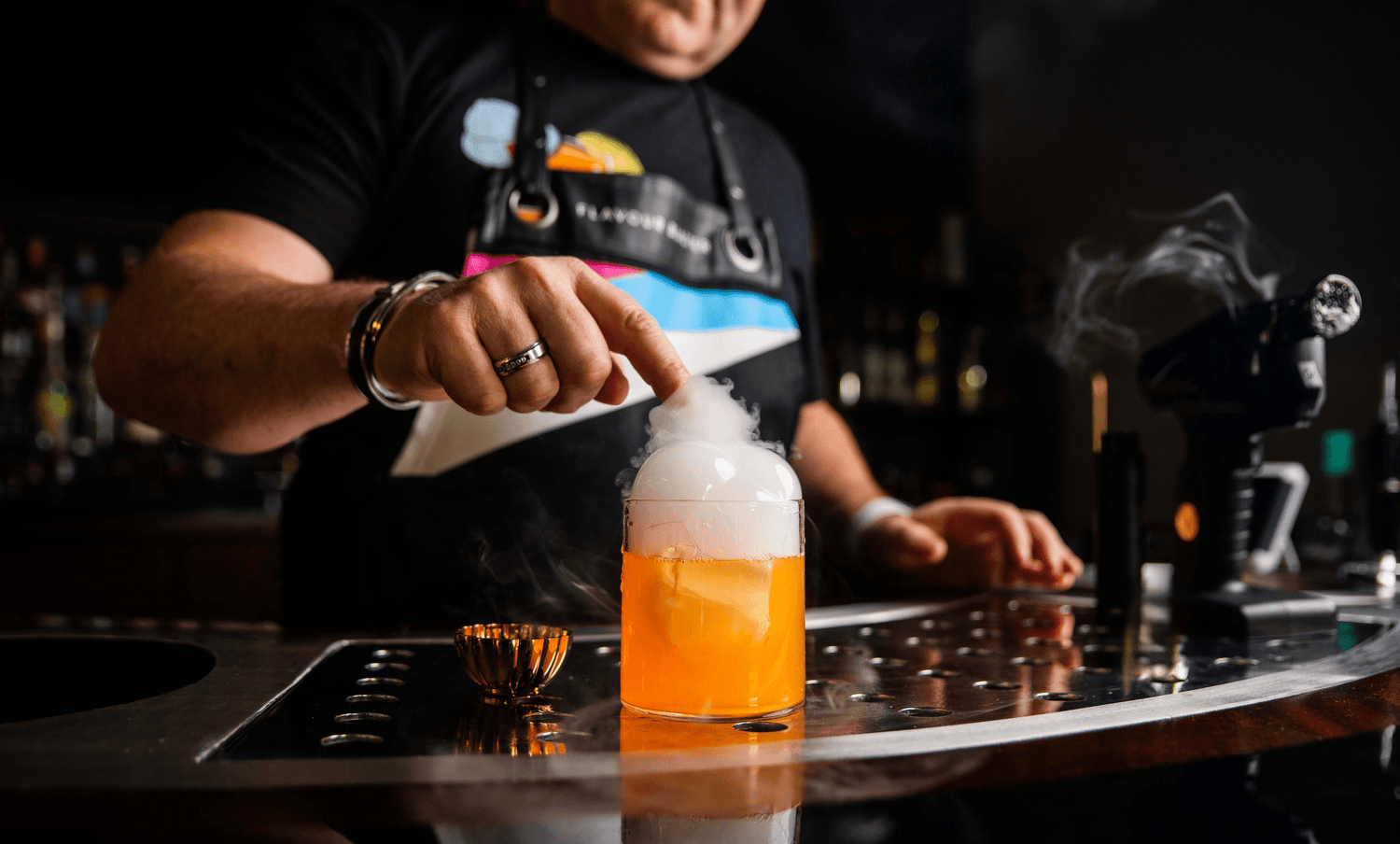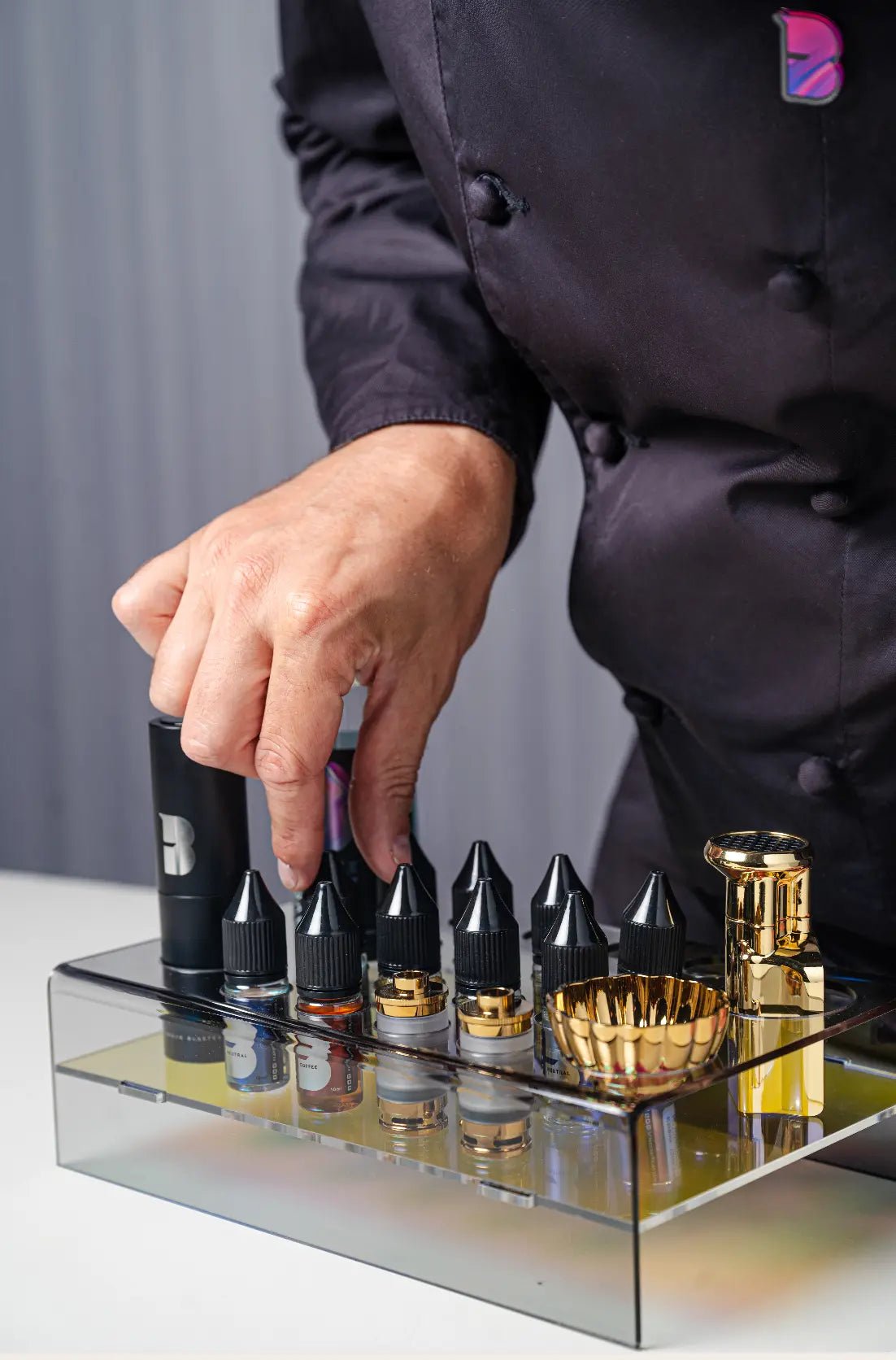Drawing Cocktail Recipe Inspiration from The Thanksgiving Story
There are hundreds of Thanksgiving celebrations worldwide, but none are more famous than the North American food and drink festivities that fall in late November. The idea comes from a puritanical religious drive to show gratitude to God via the act of fasting all day and feasting at night. In England, Thanksgiving holidays began when the Church of England was founded, and King Henry VIIIth banished Catholic festivals. Instead, he borrowed from pagan calendars. So harvest celebrations in rural communities were re-branded as days of rejoice and thanksgiving via a special church service to God. But they evolved. Thanksgiving festivals became ritual when political powers succeeded or were victorious in battle. For example, Oktoberfest in Germany began as a Thanksgiving celebration for the relief brought by the Siege of Leiden, and bonfire night in England started as a Thanksgiving celebration of Guy Fawkes foiled plan to blow up the Houses of Parliament.
RECIPE INSPO: Rejoice in your local seasonal fruit and veg harvest and make an almighty British-style punch topped with nutmeg Flavour Blaster aromatic.
The Origin of Thanksgiving
Thanksgiving became rooted in North American culture when the Puritans who emigrated from England carried their traditions when they left for the New World. In 1619, English settlers arrived at Berkely Hundred in Charles City County, Virginia. Their ship, Margaret, was chartered by the London Company who put in their contract "That the day of our ships arrival at the place assigned… in the land of Virginia shall be yearly and perpetually kept holy as a day of Thanksgiving to Almighty God." In the early years, these Pilgrims celebrated their Thanksgiving alongside the Native American tribes of Wampanoag and Patuxet, with whom they had forged an alliance. Similar holidays were founded and observed across the settlers of the East Coast of the United States and in many colonies of Canada.
Why did the Pilgrims come to North America? The Pilgrims were English Protestants who sought to purify the Church of England from all Roman Catholic practices. They believed that the Church of England had not been fully reformed. They forged alliances with various religious or other dissenting groups advocating for purity of worship, doctrine, and piety. They wanted to separate from other Christian denominations and forge a new English national church. They became the major political force in England as a result of the first English Civil War from 1642 to 46. They were seen as dangerous radicals and were persecuted by the Crown. They initially fled to Holland but were dissatisfied with the economic opportunities there and sought out financial help from the London Adventurers, a group of investors who had made all their money under the moniker, the Virginia London Company. The London Company owned a large portion of territory in North America. They established the Jamestown settlement when the James River near Chesapeake Bay. They charted the ship called the Margaret in return for the promise of a sizeable share in the colonies profits.
RECIPE INSPO: Get puritanical with the classics, and make up some seriously paired back native Virginian Mint Juleps.
The Traditional Foods of Thanksgiving
Historians speculate that much of the food served at the first Thanksgiving meals came from the sea. A colonist named Edward Winslow described a bay full of lobster, fish, eels and muscles with oysters brought to them by their Indian neighbours. There was also venison, wildfowl, and flint, a type of corn that would have been ground then served as a porridge or in bread. Wild turkeys were plentiful in the region, but it's likely that hunters also returned with duck and geese. Local fruit included apples, blueberries, plums, grapes, gooseberries, raspberries, and cranberries, though these would not have been served as jams or jellies because sugar was still a highly prized commodity. The Pilgrims would have grown vegetables like onions, beans, lettuce, spinach, cabbage, carrots and peas. At this stage in history, the potato would not have been popular enough or common enough to serve; however, they may have been other root vegetables consumed like turnips or groundnuts. Pumpkins and squashes are indigenous to New England. The ingredients for pastry were scant, and roasting would have been done over an open fire rather than in an oven, so instead of making pies, the settlers hollowed out the gourds and filled them with milk, honey and spices.
RECIPE INSPO: Make an original twist on the pumpkin spice season with a Milk and Honey cocktail, served in a hollowed gourd and pluming with Flavour Blaster aromatic smoke-flavoured clouds.
The Traditional Drinks of Thanksgiving
While wine would've been freely available in Europe, there was nothing like it in colonial America. The Pilgrims reportedly brought beer aboard their ships, but the crews needed it to return to England and wouldn't let the Pilgrims take much ashore. Distilling spirits was not yet an option due to the lack of knowledge and resources. So an array of ferments were produced: beer from pumpkins, parsnips, walnut tree wood chippings and hard cider from crab apples.
RECIPE INSPO: Experiment with ferments. Make your own crab apple cider or buy some and mull it with the traditional spices of the Wassail (usually citrus and cinnamon). Serve it under a cloche filled with cinnamon aromatic smoke.


